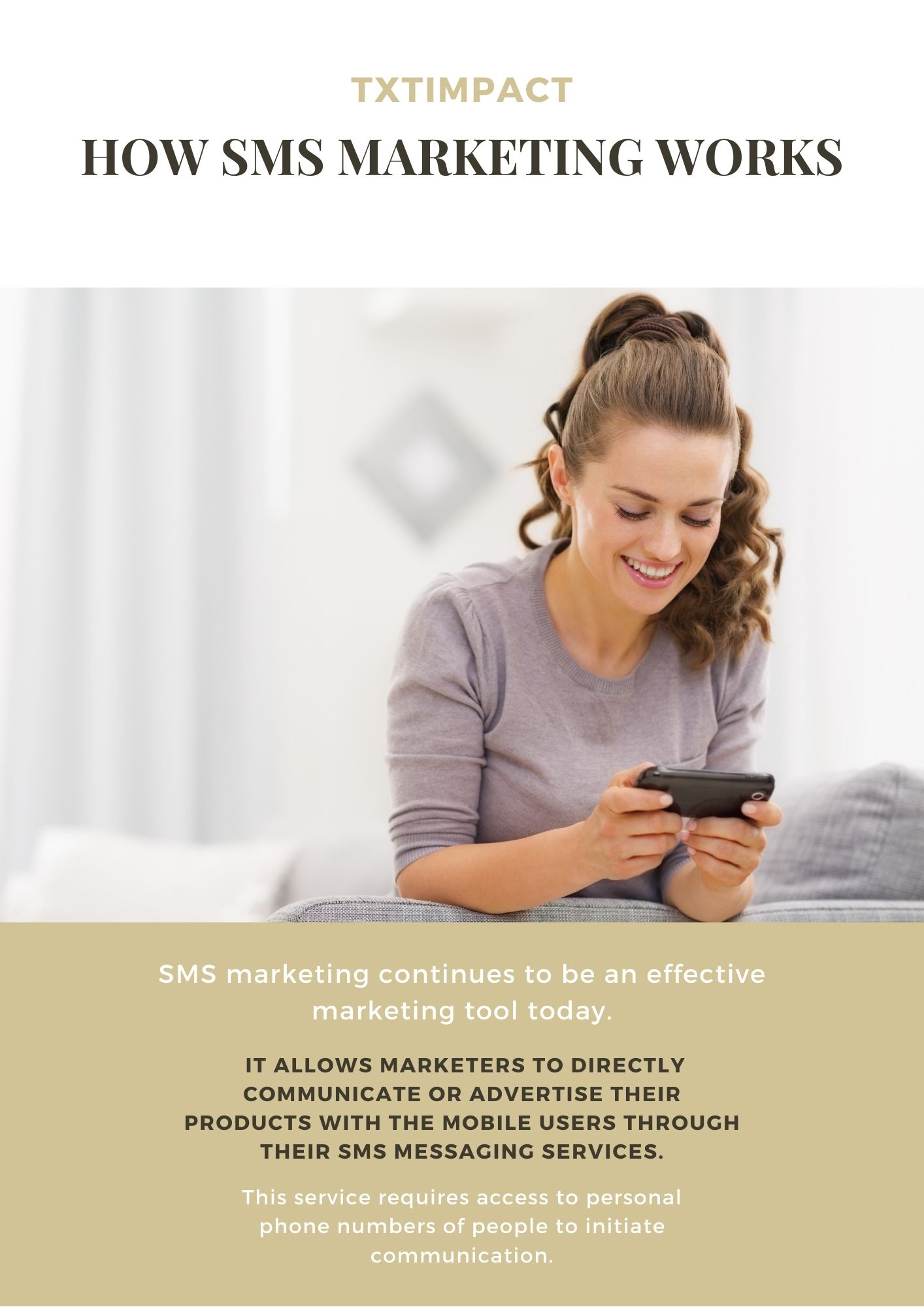With so many new and cutting-edge technologies coming up every day in the world of marketing, the current scenario has reached a saturation point. However, in this current situation too, some old technologies have managed to maintain their significance. One such technology is SMS marketing.
SMS technology today is a global standard that manages to reach the targeted audience more than smartphone applications do. A simple text message is, most of the time, more power-packed and effective than the various other internet text applications.
So let us know in-depth about SMS marketing and how does it work:
What is SMS Marketing?
This is one of the earliest launched technologies in mobile which was introduced in the early 2000s. It allows marketers to directly communicate or advertise their products with mobile users through their SMS messaging services. This service requires access to the personal phone numbers of people to initiate communication.
How does it Work?
SMS marketing continues to be an effective marketing tool today. The average SMS marketing ad has a 90% open rate, 45% conversion rate and it is often read within 90 seconds after being received. It is an effective strategy to engage with a large volume of customers for big brands. This technology does not require the internet and hence, even those who do not use a smartphone can make use of this technology. SMs messages are sent through cellular carriers which are heavily regulated compared to the other marketing channels. This technology benefits marketers by defining its standards and people perceive the messages as important.
Common SMS marketing Formats:
SMS marketing formats are not as diversified as other in-app formats, but there are some basic formats, marketers can make use of;SMS sales alerts
SMS sales alerts are useful in letting customers know about promotional deals and offers. Companies send SMS sales alerts for special promotions, coupons, or website links along with other additional details.SMS Reminders
Industries that work on the basis of appointments send SMS reminders to inform their users about any upcoming meetings or other regular events. Senders often ask customers to respond to the message by sending a keyword that could confirm their appointment.SMS Keywords
These allow users to enter a particular phrase or a number that triggers an automated response, such as ‘Text APPLE PHONE to sign up to our newsletter’. This is used when companies want users to sign up new customers for their services.How to Obtain an SMS sender ID?
To send a commercial SMS message, the company will have to obtain a sender ID for the marketing campaign. These IDs are virtual numbers, shortcode, and sometimes, even a custom sender ID. These are all linked through a bulk SMS provider.Virtual Numbers:
These are in two forms – shared and dedicated. The shared ones can be shared between many senders and are free to use. These cannot be replied to and often change without any prior notice. This means that SMS messages from your company reach customers from different numbers and hence your customers might consider these to be spam. Some companies buy dedicated virtual numbers and these come in various forms such as complicated numbers and easier-to-recognize variants.Short Codes:
These are dedicated virtual numbers that consist of 5 to 6 digits mostly. These are mostly used by larger enterprises and government institutions that want to send mass messages. These are also some of the most expensive sender ID options.Custom Sender ID:
These IDs enable users to assign their company name for one-way, organization-to-customer messages. These sender IDs are highly restricted for regulated use.SMS Marketing Practices and Carrier Regulations
SMS marketing regulations are similar to those levied on their cellular carriers. These specifics may differ from place to place but some are most common:
Message Size
SMS message size determines the number of messages sent at one time and also the cost of delivery. A single transmitted SMS message is 1120 bits in size. Messages beyond this limit are transmitted individually and then recombined during delivery. Larger word counts mean higher costs for marketing companies and they try to keep them as limited as possible.Content Structure
Text messages have a limited scope when compared to in-app advertisements. The common options are:UTF-8 Characters that can support different languages, emojis and special characters.
Shortened URL links that can direct users to their websites and landing pages.
Keywords that can trigger automated responses.
SMS communications can be extended by including pictures, video clips, and audio clips. But these are possible only by multimedia messaging services supported devices.
Spam Compliance
SMS marketing campaigns have strict anti-spam regulations. These usually require users to opt-in for all marketing communications from the company by filling out a website form, sending a text message of confirmation, or by obtaining direct verbal permission.


